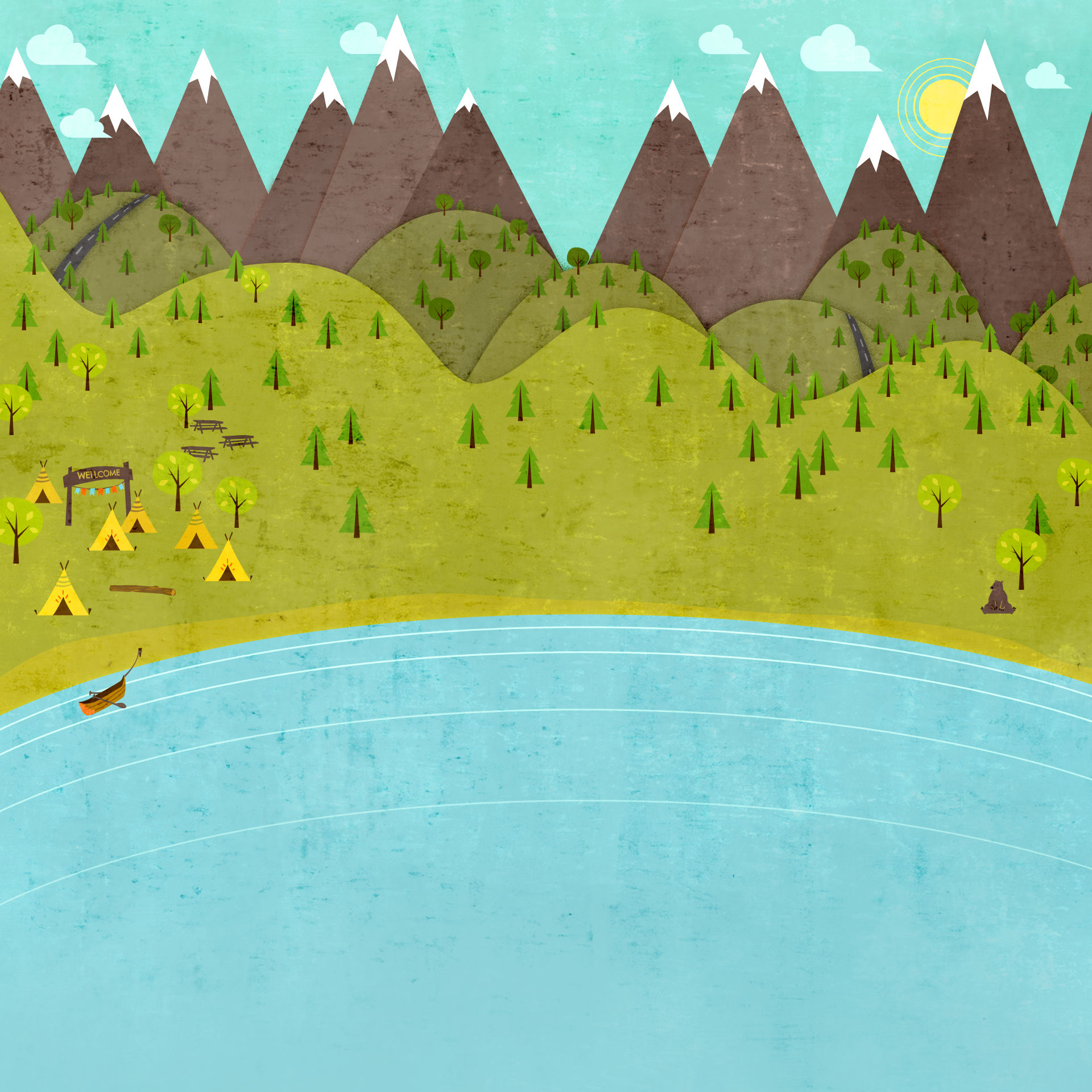

Into the Tushars
Beaver, UT
Since 1856

Belknap
July 29, 2016
Thank heaven for our cool, heavenly Tushar Mountains. So many of us feel the draw up to the cooler temperatures in the pine forests 5000 feet above town. The heat was getting intolerable last week and so I decided I’d better keep writing about high elevation hikes. As I drove across Merchant Valley Friday morning I had to roll the windows up and change into pants because it was 60 degrees. Felt sooo good! Summiting Mount Belknap requires half a day, including travel time, and is not for those afraid of heights. The entire hike is above treeline and therefore very exposed to inclement weather and steep drop offs where you may not stop tumbling for hundreds of yards should you trip, but by using caution and checking forecasts, you can be one of the dozens of folks who get this amazing view each summer. The route I’ll describe is about 2.5 miles long and 80 percent of that is just approaching the foot of Mt. Belknap’s crowning peak. Driving time is an hour from Beaver, then hiking time can be as little as 3 hours round trip, but I would take 4-6 hours round-trip to fully appreciate the views and if someone in your group is slower or not used to the elevation. Drive up Beaver Canyon on UT 153 to mm 16.3. Turn left onto FR 123 towards Big John’s Flat and reset your odometer. Drive on 123 for 9.6 miles and park at the campsite which is the turnoff for the Blue Lake administrative access road. This parking spot is just south of Bullion Pasture trail head. I have tied flagging and constructed a few cairns to keep you on the right path, because this is not a mapped trail(like most summit scrambles) and the tread can be faint, non-existent, or turn into braided goat trails. This trail is the most direct route, but also the steepest because it approaches Belknap’s super steep eastern flank, so be sure to wear tall, sturdy boots because the footing is treacherous and unstable. I took a couple hours to try and layout some better switchbacks up the first two thirds of Belknap’s scree slopes and it is interesting how the rocks get larger and more stable the higher you climb. Be sure to shout a warning to those below you if you knock loose a sizable rock. Before I began my final ascent, I sat and listened to the mountain and tried to see if she would reveal a better route, and my ears picked up clinking and tinkling of the plate-like scree sliding downhill. The mountain wasn’t talking, duh! The sound came from 5 mountain goats and one kid trying to get the heck away from me, picking their way across 40 degree slopes to go chill-ax on the one remaining patch of snow. The summit is a place to celebrate, reflect, inspect the landscape, and to respect those who did this in much more difficult eras. We can drive our CARs to 11000 feet and the remaining 1200 feet to the summit would have been a cakewalk for our predecessors, but for us, it is challenging and dangerous. DO NOT summit if there’s any lightning around and DO NOT drive above Mud Lake if it’s wet or the road may become wet. It’s a real white-knuckle-clincher type of situation! This is not an easy route, and I suggest going with someone who has experience and can coach you on when to turn back or say “maybe another day”. Your safety is ultimately your responsibility and if you have the most experience of the people in your group, speak up and share your knowledge\instincts, they’re counting on you. If this hike appeals to you, but you still have question or concerns, please call me, I may be free for another ascent! 801-243-0095. Remember, if you can’t stand the HEAT, get Into the Tushars.

